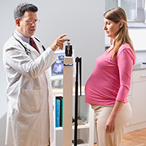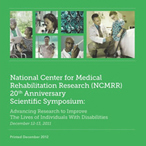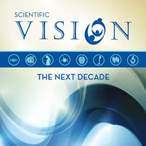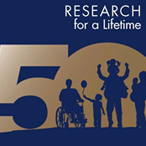NICHD and Spelman College Partner on Wellness Initiative
NICHD and Spelman College have signed a memorandum of understanding to cooperate on projects to promote the health of Spelman students, faculty, and staff. These health projects will include nutrition, fitness education, and physical activity promotion.










 BACK TO TOP
BACK TO TOP